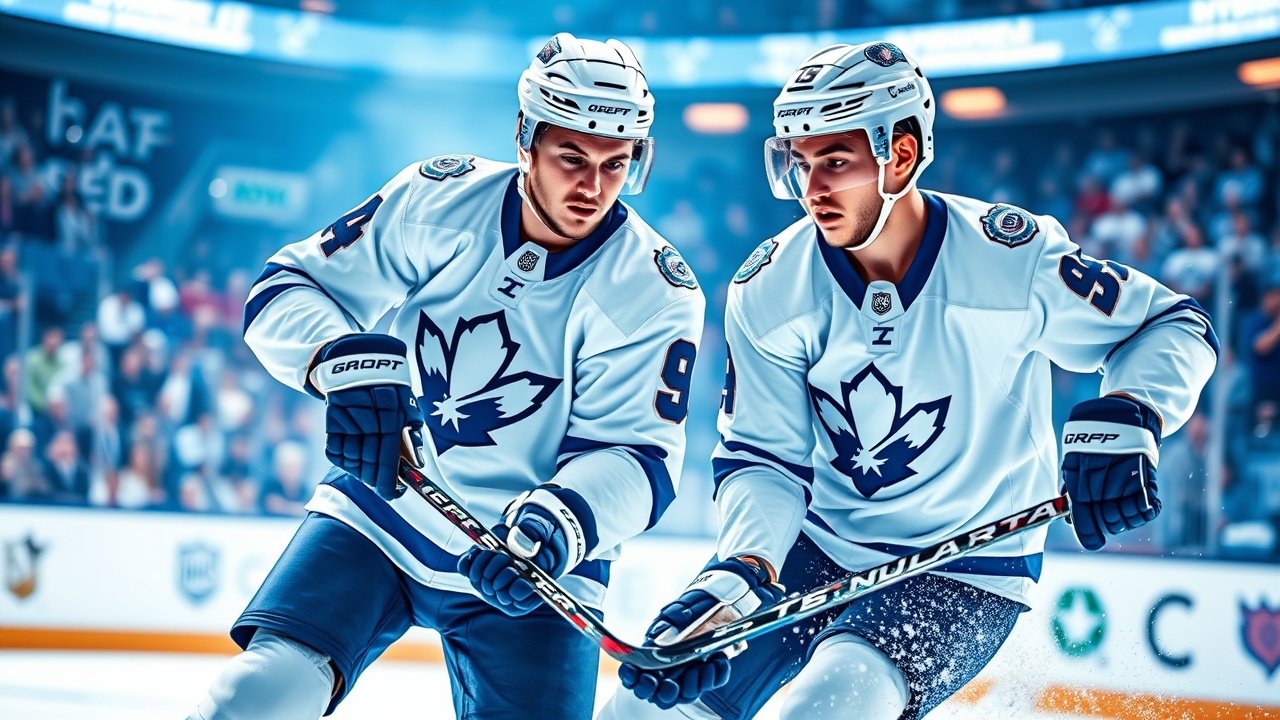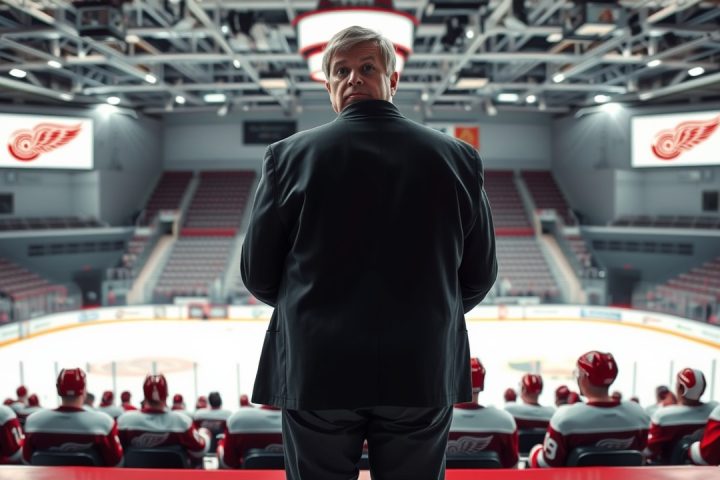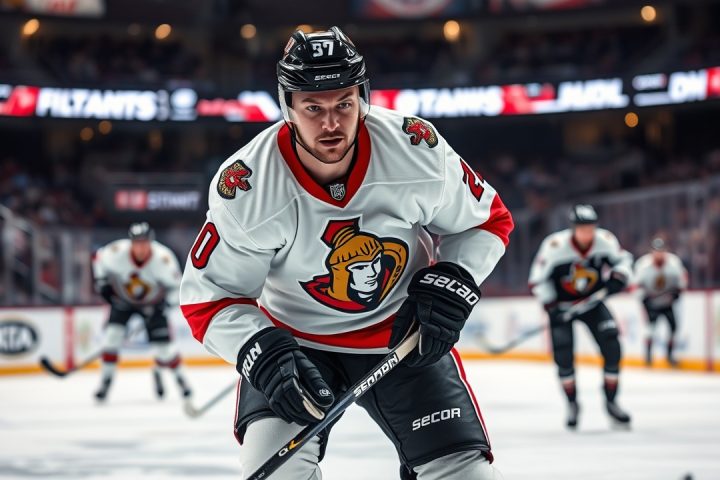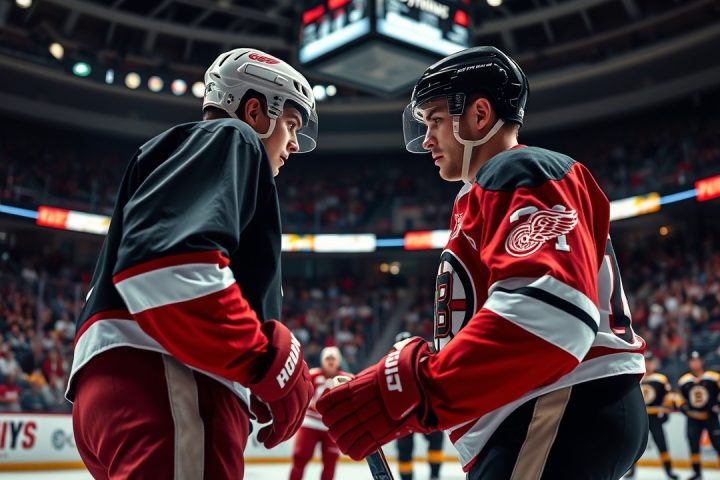Re-evaluating NHL Player Prospects
Every summer for the past eight years, I have undertaken the task of re-evaluating NHL player prospects three years after their draft class, updating rankings and providing insights on their development. This provides a snapshot of the players at ages 21 and 22, as many are either carving out a space in the NHL or nearing the end of their development window. The impetus behind this exercise goes beyond simply ranking players; it also serves as an opportunity to reflect on my previous evaluations and gauge how well I align with the NHL teams’ decisions, particularly during a draft year that was uniquely influenced by the COVID-19 pandemic.
The 2022 Draft Class
The 2022 draft class was particularly intriguing, as there was no consensus top prospect emerging from it, making comparisons and rankings all the more challenging. One of the prominent players in this class is Logan Cooley, who has shone in terms of production, leading in goals (45) and points per game (0.69) among his peers. His performance has been impressive enough to secure a role as the first-line center for his team, garnering attention for a potential future role as a significant contributor in the league. Notably, I realized I had hesitated to place him at the top in my original rankings; a mistake I wish I could revisit.
Notable Players
As for Lane Hutson, a player who presented significant debate during the draft, he epitomizes a unique scouting challenge due to his size and style of play. While most defenders of his stature aren’t typically first-round picks, my assessment highlighted his exceptional hockey IQ and puck-handling skills. Hutson’s ability to navigate the ice and create opportunities is already translating well in professional settings, which is paying off as he gains traction in his NHL career.
Another player that deserves mention is Shane Wright, who after a somewhat rocky start in his rookie season, managed to secure a respectable point total and has potential for further contributions. His early career has been scrutinized, but he displayed resilience and a capacity for growth that could help him carve out a lasting role in the NHL.
There were other intriguing cases, such as Cutter Gauthier, who faced evaluation difficulties because of position-related uncertainties. His performance, specifically in the second half of the season, suggested he could have been rated higher but fell victim to my prior uncertainties about his fit on a draft board.
Players like Simon Nemec and David Jiricek also offered up interesting pathways of development. Despite initial placements that aligned with consensus scouting reports, their careers illustrate the unpredictability of player development and how performance can defy pre-draft evaluations.
Conclusion
Overall, while this re-evaluation of the 2022 draft class has yielded mixed results compared to my previous classes, it has provided valuable lessons about recognizing players’ potential within varying contexts. I’m proud of some successful evaluations and disappointed in others, as my rankings have performed differently than in past years. Still, the journey as a scout and analyst continues to evolve, as do the players I’ve assessed.




